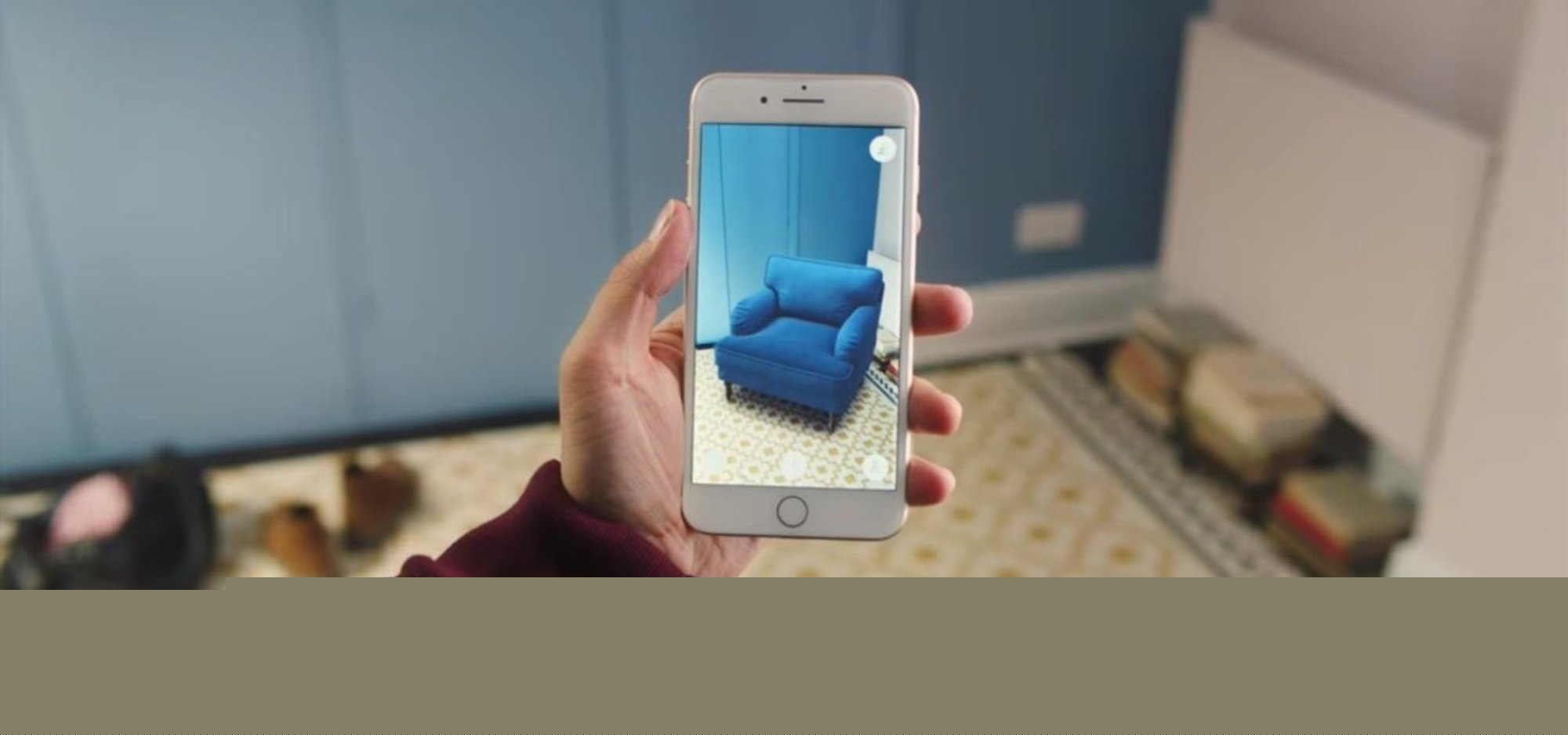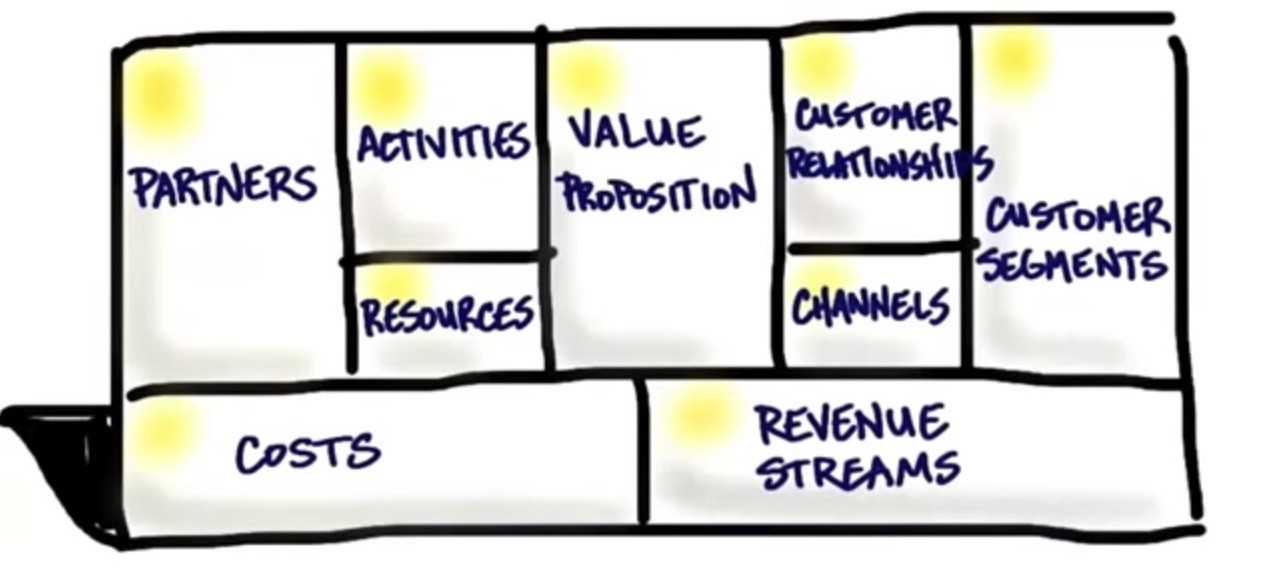Blog
Virtual and Augmented Realities are Shaping Our World: A Value Proposition for Businesses

Author: Kris Chennaiah, MBA, PMP
Virtual reality was first conceptualized during the early years of computing, focusing on gaming and entertainment. These early virtual reality systems created an immersive gaming environment for users, building on the successes of traditional gaming consoles.
Virtual reality now spans all industries, including fashion, real estate, education, manufacturing, and even health care. Creating virtual realities no longer require a trip to Universal Studios’ expensive virtual reality staging. With the advent of smartphone technology and freedom for developers to demonstrate new creativities through applications and software, users can experience the wonders of virtual reality from the anywhere in the world.
While virtual reality transposes us to a new world, augmented reality improves our ability to visualize the present world infused with the virtual simulations. The latter can be leveraged by individuals and businesses alike to generate interest through a more sensory-rich user experience. Through augmented reality, businesses can implement an immersive marketing campaign, from demoing their new and latest products, to improving the user experience with navigating or “trying out” a new home before it’s even developed. To that effect, augmented reality enables richer forms of brand to consumer interactions.
Sherwin Williams has long offered augmented reality on its website, allowing customers to demo paint color selections as they would appear on the walls of their homes. IKEA also offers an augmented reality application that allows users to visualize pieces of furniture offered by the retailer as they would appear in their homes. The IKEA app opens a camera enabling the consumer to scan a room in their house, followed by the ability to drag and drop furniture pieces into the room to actually “see” how they look.
Home builders and even real estate agents are using augmented reality to interest and persuade their customers. A builder hands a customer an architectural diagram. Through a mobile app, the user is instantly able to visualize the home as it would look when developed against the backdrop of the environment. The app can also allow the customer to enter into the interior of the home, and plan the use of space through new potential add-ons.
Businesses are quickly catching onto the fact that soliciting more sensory cues that enhance the user experience coupled with convenience translate into more impactful marketing and greater profitability. Herein lies its value.
Beyond applicability to businesses, augmented realities are becoming seamlessly ingrained in our everyday experiences. For example, applications provide consumers the ability to scan products to instantly download their nutritional content, price comparisons between other retailers, and consumer reviews. Institutions such as manufacturing, education, and healthcare employ augmented reality to implement trainings that provide realistic training scenarios and improve quality control, all without the cost burden of live environments. Even in the gaming and entertainment industry, the global craze created by the Pokemon game is a testament to our fascination with transforming our existing environment through augmented reality.
Businesses today would be wise to consider augmented reality tools as part of their marketing toolkit. With the greater emphasis on creating value in the user experience, augmented reality tools and applications can effectively promote interest in a new or existing product lines through consumer familiarity, convenience, and education.
Ask me about my work on augmented reality.





Leave a Reply